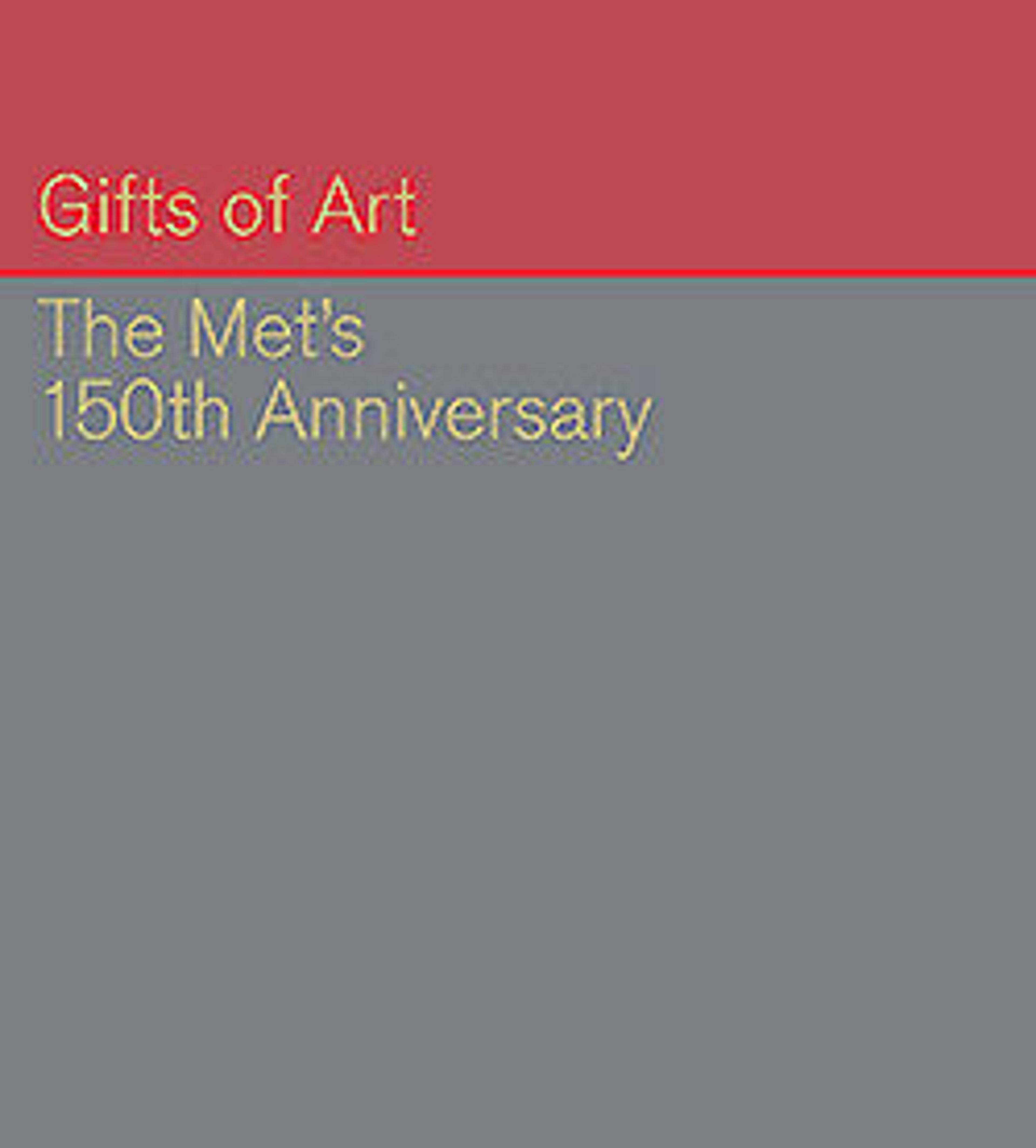Beggar's Bowl (Kashkul)
The kashkul, or beggar’s bowl, is perhaps the most emblematic accoutrement of the wandering dervish. These typically boat-shaped vessels were made from a variety of media, including coco-de-mer shell, wood, metal, and ceramic. Dervishes used them primarily to collect and store alms (their main source of sustenance) and occasionally as drinking vessels. In later centuries many were marketed as decorative objects. This example is made of wood shell inlaid with camel bone and likely functioned as a beggar's bowl rather than a decorative object. The kashkul has a number of metaphorical associations. It represents the cleansing of a Sufi’s soul of all extraneous earthly desires in preparation for the acceptance of Divine love and a dervish’s life of poverty.
Artwork Details
- Title:Beggar's Bowl (Kashkul)
- Date:late 19th–early 20th century
- Geography:Probably fro
- Medium:Wood; inlaid with camel bone
- Dimensions:L: 11 1/2 in. (29.21 cm)
W: 5 in. (12.7 cm)
D: 4 1/2 in. (11.43 cm) - Classification:Wood
- Credit Line:Gift of Jonathan Lipkin, 2018
- Object Number:2018.665.2
- Curatorial Department: Islamic Art
More Artwork
Research Resources
The Met provides unparalleled resources for research and welcomes an international community of students and scholars. The Met's Open Access API is where creators and researchers can connect to the The Met collection. Open Access data and public domain images are available for unrestricted commercial and noncommercial use without permission or fee.
To request images under copyright and other restrictions, please use this Image Request form.
Feedback
We continue to research and examine historical and cultural context for objects in The Met collection. If you have comments or questions about this object record, please contact us using the form below. The Museum looks forward to receiving your comments.
